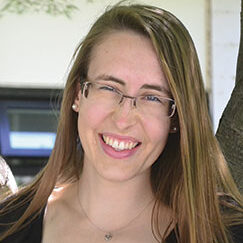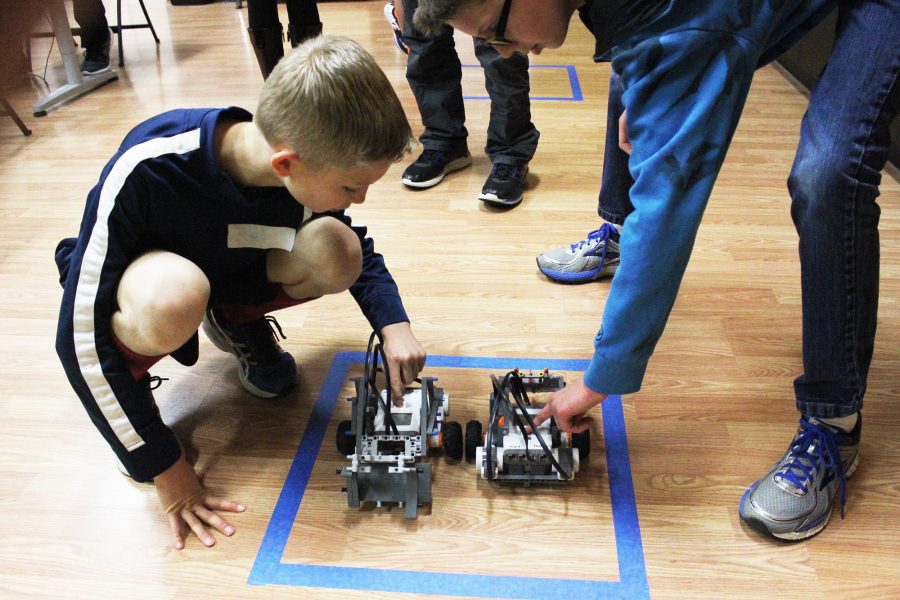The term “technology” today often implies the constantly advancing devices at our fingertips: smartphones, laptops, smartwatches and tablets. For those who don’t keep up, technology can be a frightening phenomenon. Merriam-Webster’s dictionary, however, primarily defines technology as “the practical application of knowledge.” From this perspective, technology seems more human. Putting knowledge to practical use has been the business of humankind since before the invention of the wheel.
Organizations like Redding’s Build It focus on both definitions of technology. Ben Byler teaches Build It’s classes for animation and filmmaking, computer programming, Lego robotics, and 3-D design. With a goal of getting kids hooked on technology, Build It’s courses teach children ages 6 through 15 basic concepts and principles that they can build on. The many steps to create these programs often surprise students. “One child asked me if there was a do anything button,” Byler recalls with a laugh. “I explained to him that programming isn’t like talking to a person. You have to tell the computer exactly what to do because it can’t guess at what you mean.”
Some parents and grandparents may be uncomfortable with the idea of children staring at a computer screen instead of spending time outside or interacting with people. “We live in an increasingly technological world,” Byler says. “So it is important for students to dive into technology, but also to be balanced. Our classes are for discovery and learning. We encourage students to get up, interact with other students, and ask each other questions.”
Byler also utilizes physical activities to help students understand the abstract reasoning of computer programming. In his robotics course, for example, Byler’s students begin by enacting what they want their robots to do. “The goal is to teach problem-solving,” Byler explains. “This helps kids think like programmers. Their education is not limited to technology. It’s broader than that – it’s about being lifelong learners.”
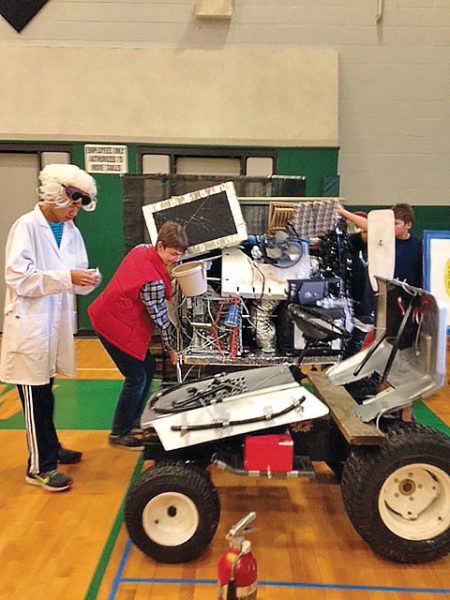

Five to seven students form a team, usually from the same school or sponsored by a church, homeschool organization, Rotary club or the YMCA. From one of five categories, the team selects a problem that challenges them to construct a vehicle, develop a device or build a structure. This year one of the challenges is to “design, build, and operate an original robot that demonstrates human characteristics when performing tasks.” Each problem includes a daunting list of requirements and takes months to complete. “When I read the requirements,” Malik says, “I often think that there is no way a group of kids can do all this. Yet somehow they do – every time.”
OotM culminates in an annual tournament, open to the public, where the teams present their solutions in the form of skits.
Although a coach facilitates the team’s meetings, OotM strictly forbids adult influence on the development of the team’s solution. Malik laughs while remembering her own struggle not to interfere with her children’s projects. “Adults have box-minds,” she says, “and kids are freer with their imaginations.”
OotM strives to foster imaginative approaches and help kids from ages 4 through 18 retain and implement creative problem-solving into adulthood. While many college engineering students, for example, do not know how to approach their first university construction assignments, OotM alumni find such assignments second nature.
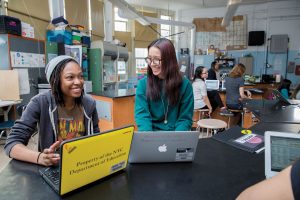

Build.com provides the girls with after-school snacks, a perk which surprisingly contributes to the social atmosphere. “You might not expect to go into coding and make friends,” spokesperson Ryan Sanders says with a laugh, “but when you get over 30 girls together programming, it becomes silly, noisy and fun. Best of all, this fun leads right into a career path.”
According to http://www.code.org, 42,969 computer science students graduated into the workforce last year – not nearly enough to fill the 512,340 computing jobs currently open nationwide. “These programming skills,” Sanders says, “are the most sought-after skills for hire.”
GWC’s yearlong curriculum starts with core coding concepts and basic marketing strategy for mobile and web-based apps and games. During the second semester, the girls apply their newfound knowledge to affect positive change in their local communities. Nationally, GWC participants have created apps to generate music playlists that match a runner’s pace, monitor a user’s environmental footprint, connect students with support groups, and more. “Technology is empowering for these girls,” Sanders says. “If it isn’t already, technology is going to be the main tool for anyone interested in affecting the world.”
As OotM’s website expresses, children need creative problem-solving skills to help them thrive in our technical world. GWC, according to Sanders, teaches girls that technology is about using real-world tools to solve real-world problems. Inevitably, solving world problems involves helping individuals. “I wish,” Byler reflects, “someone had told me a long time ago that technology is actually all about people.”
Build It, Odyssey of the Mind and Girls Who Code intentionally put technology into children’s hands and direct our youth to the invaluable work of applying knowledge for relevant, practical purposes.
Get Involved:
Build It invites community members to help children learn about technology by sponsoring a student for camps or classes. If you would like to sponsor a child email Ben Byler at ben@builditredding.com. For more class information visit http://www.builditredding.com.
The North State Shasta region of Odyssey of the Mind always welcomes help. This year’s tournament scheduled at Mountain View Middle School in Redding on March 4 needs more judges. To volunteer email Julie Malik at julienorthstateom@gmail.com. To learn more about OotM’s national and local programs visit http://www.odysseyofthemind.com and http://www.northstateom.org.
Chico’s Girls Who Code volunteers want to help expand the club to other towns in the area. If you are interested in starting a club near you, email Ryan Sanders at ryan.sanders@build.com. Check out the national program at http://www.girlswhocode.com and learn about Chico’s satellite club at http://www.gocodechico.com.
Posted in: Education
Comment Policy: All viewpoints are welcome, but comments should remain relevant. Personal attacks, profanity, and aggressive behavior are not allowed. No spam, advertising, or promoting of products/services. Please, only use your real name and limit the amount of links submitted in your comment.
You Might Also Like...
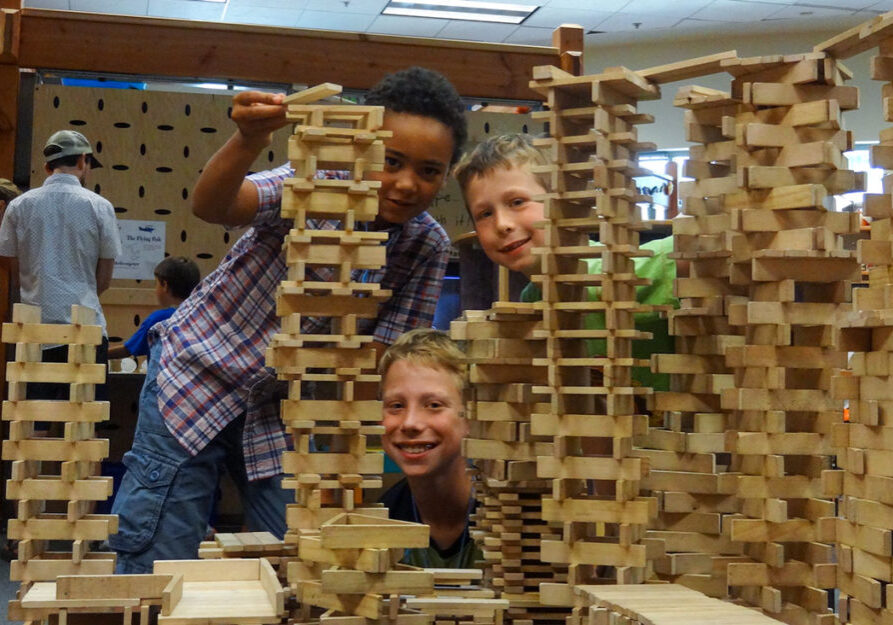
ScienceWorks Hands-On Museum: Science Education for All Ages
ScienceWorks Hands-On Museum inspires wonder and curiosity through science-based inquiry and hands-on activities. Serving the Rogue Valley since 2002, ScienceWorks is dedicated to the highest standards of science education for […]
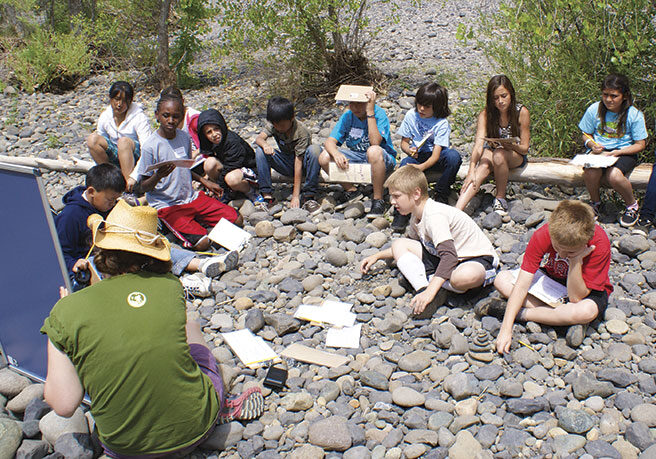
Counting Rocks with Kids & Creeks
“There is a location at Five-Mile Recreation Area, where, in winter and spring, some of the waters flowing down Big Chico Creek enter into a different channel and become a […]

Helping Kids Learn to Make Good Decisions
Nurture independent decision-making Ever looked at your child in bewilderment and asked: “What were you thinking?!” Then you know that kids, especially teens, can make some profoundly poor decisions. Luckily, […]
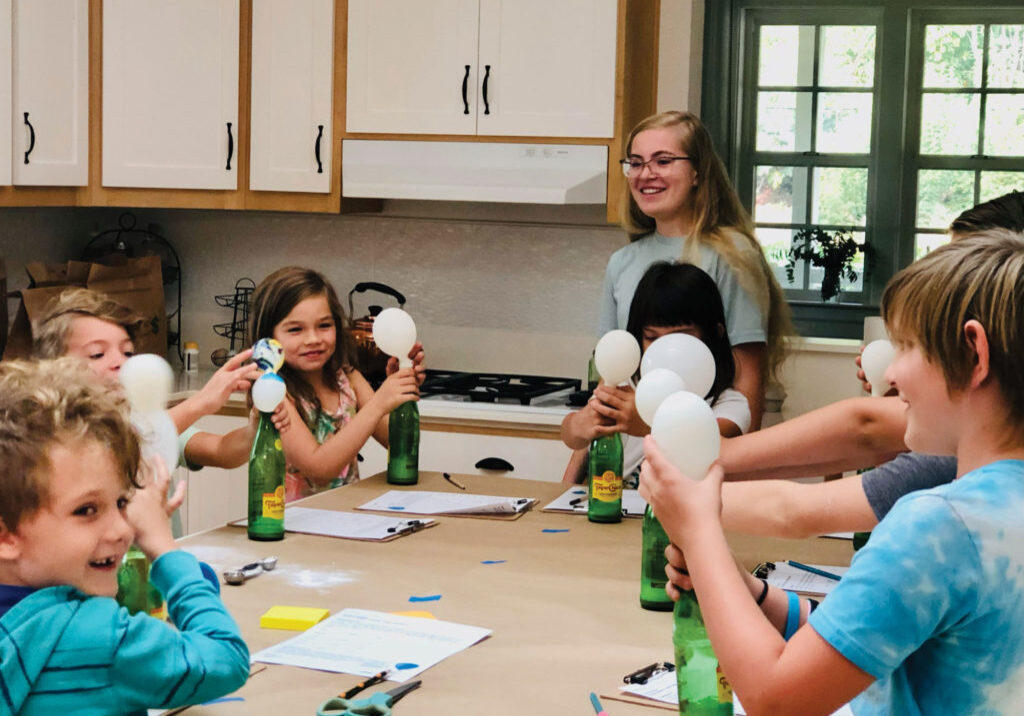
Easy Ways To Build Up STEAM At Home
STEAM (Science, Technology Engineering, Arts and Math) has grown in popularity in recent years as a way to educate children for the contemporary world and future jobs. You can foster […]

